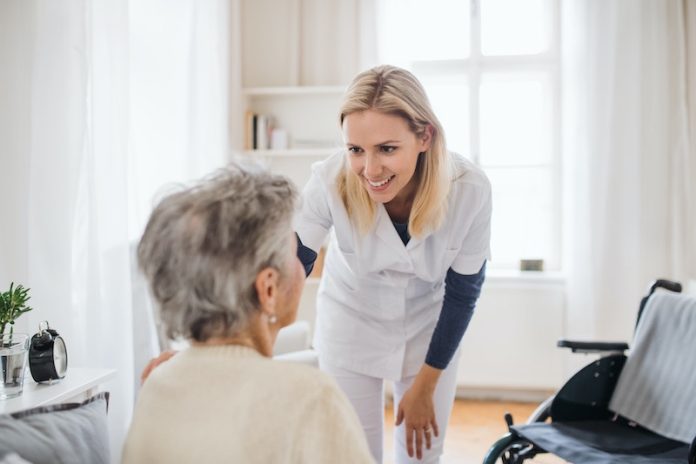
Osteoporosis, a debilitating bone disease, has become a major global health issue due to its negative impact on quality of life, increased mortality rate, and significant financial burden on societies.
The International Osteoporosis Foundation estimates that one in three women over 50 years old will experience fragility fractures, and 24% of these women will die within a year of a severe hip fracture.
Despite its far-reaching effects, a new study out of China indicates that many women remain largely unaware or underestimate the dangers of osteoporosis.
Misunderstanding and Underestimation
Osteoporosis develops as bone mineral density and bone mass decrease, leading to weakened, brittle bones prone to fracture.
It’s particularly common in postmenopausal women due to hormone changes that impact bone density.
However, the Chinese study found that while most women were familiar with the term osteoporosis, they lacked an understanding of its potential risks and the importance of early diagnosis and treatment.
Study Highlights
The study involved 240 postmenopausal women, with an overall osteoporosis prevalence of 52.08%. While about 60% of participants had some knowledge of osteoporosis, nearly 10% had never heard of the disease.
The study further revealed that 65% had never undergone any form of bone mineral density testing, even though 52.92% had experienced fractures, mostly from osteoporosis.
The researchers attribute this largely to unawareness of the disease.
The study also found prevalent misconceptions, with participants considering osteoporosis less dangerous than heart disease and other conditions like hypertension and diabetes.
Recommendations
The researchers believe that misconceptions and a general lack of awareness are the main reasons behind the low rate of osteoporosis testing and treatment.
They warn that without early and effective therapies, osteoporotic fractures and their economic costs could double by 2035.
Dr. Stephanie Faubion, NAMS medical director, emphasized the need for education to raise awareness about osteoporosis from a public health perspective.
She further recommended that clinicians help postmenopausal women optimize their skeletal health by assessing risk factors for fracture, reducing modifiable risk factors through dietary and lifestyle changes, and recommending pharmacological therapy for women at significant risk of osteoporosis or fracture.
If you care about pain, please read studies about vitamin K deficiency linked to hip fractures in old people, and these vitamins could help reduce bone fracture risk.
For more information about wellness, please see recent studies that Krill oil could improve muscle health in older people, and eating yogurt linked to lower frailty in older people.
The study was published in Menopause.
Copyright © 2023 Knowridge Science Report. All rights reserved.



